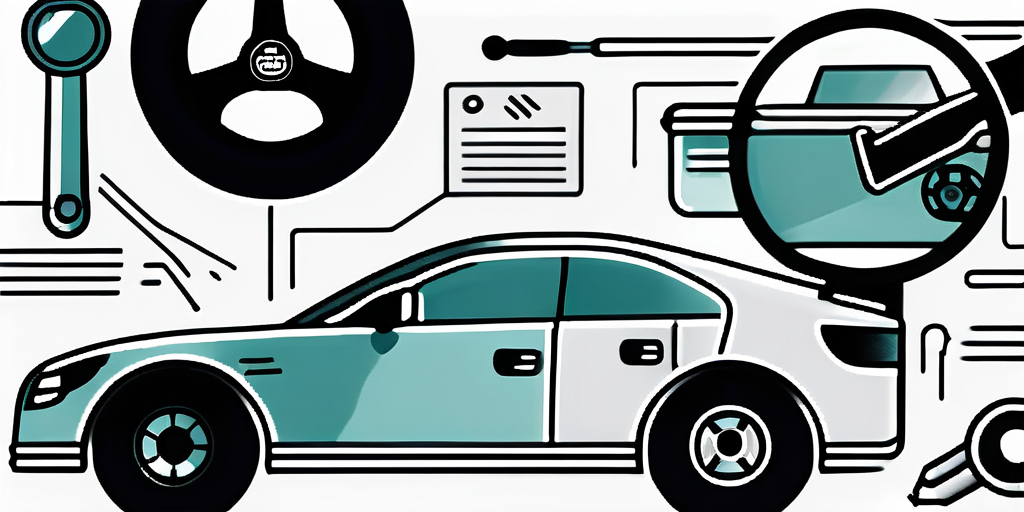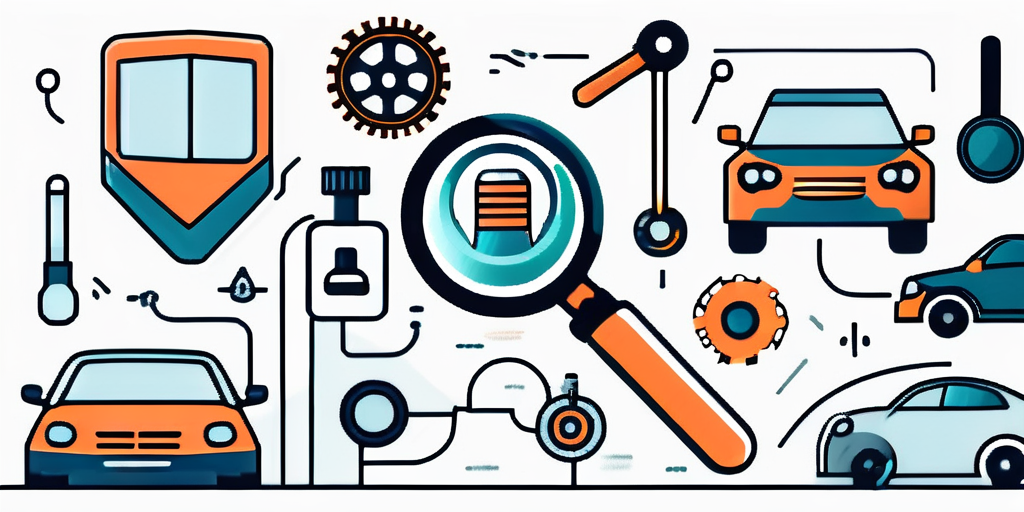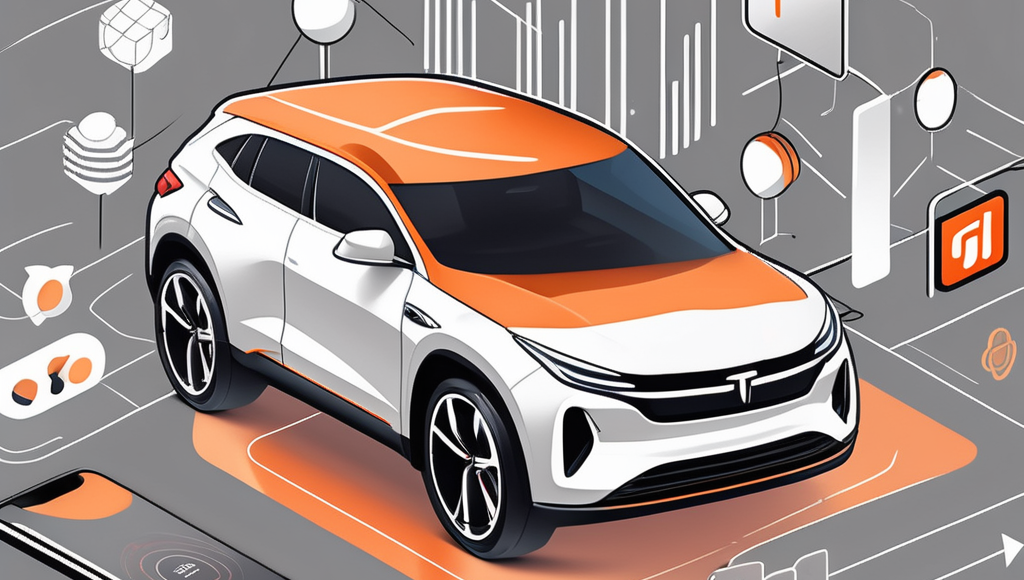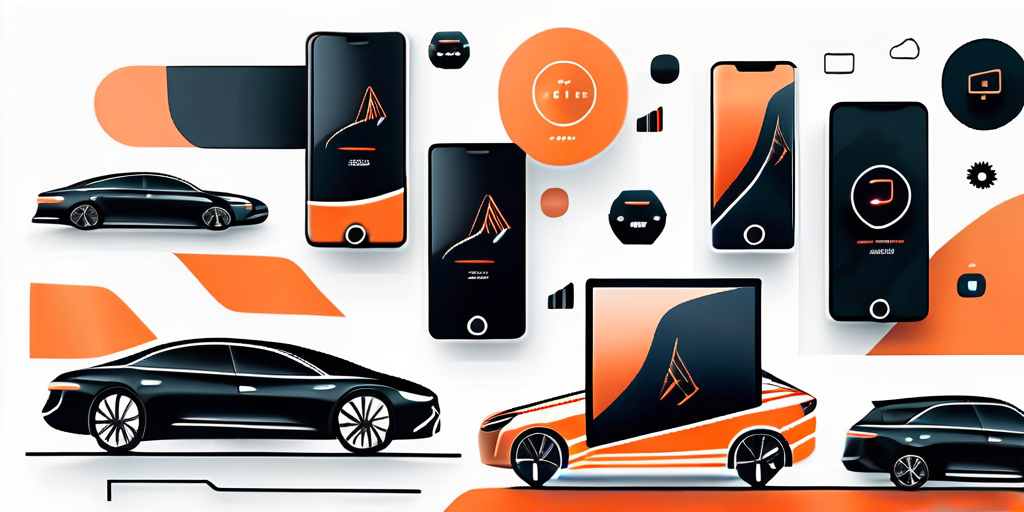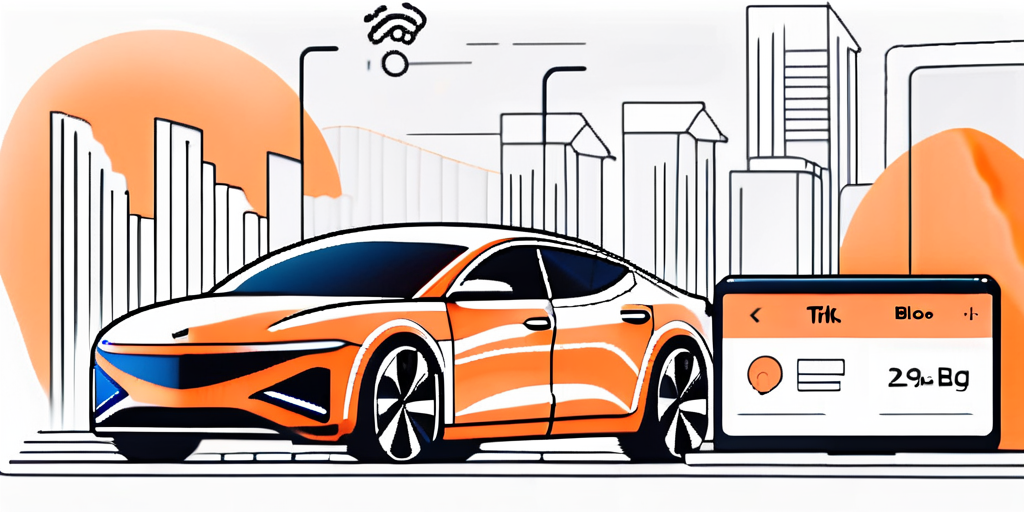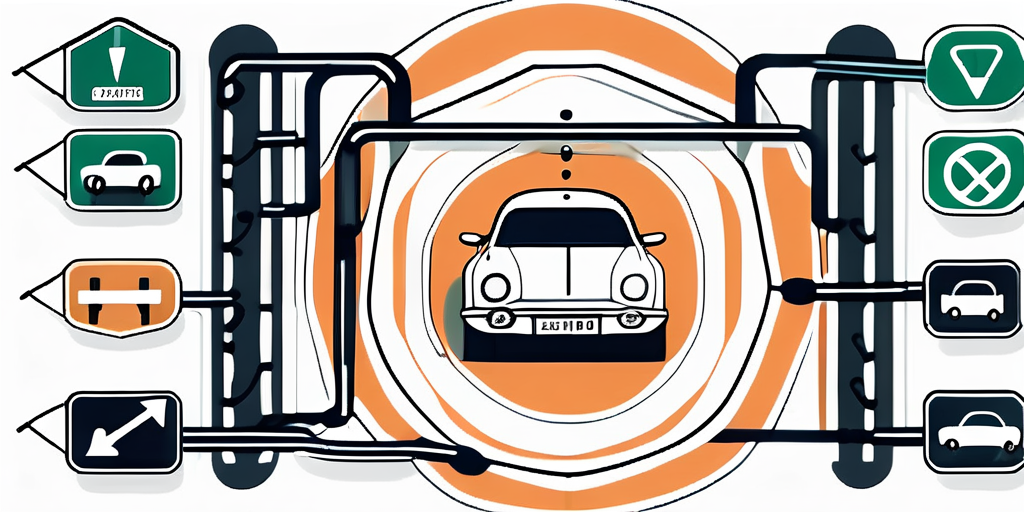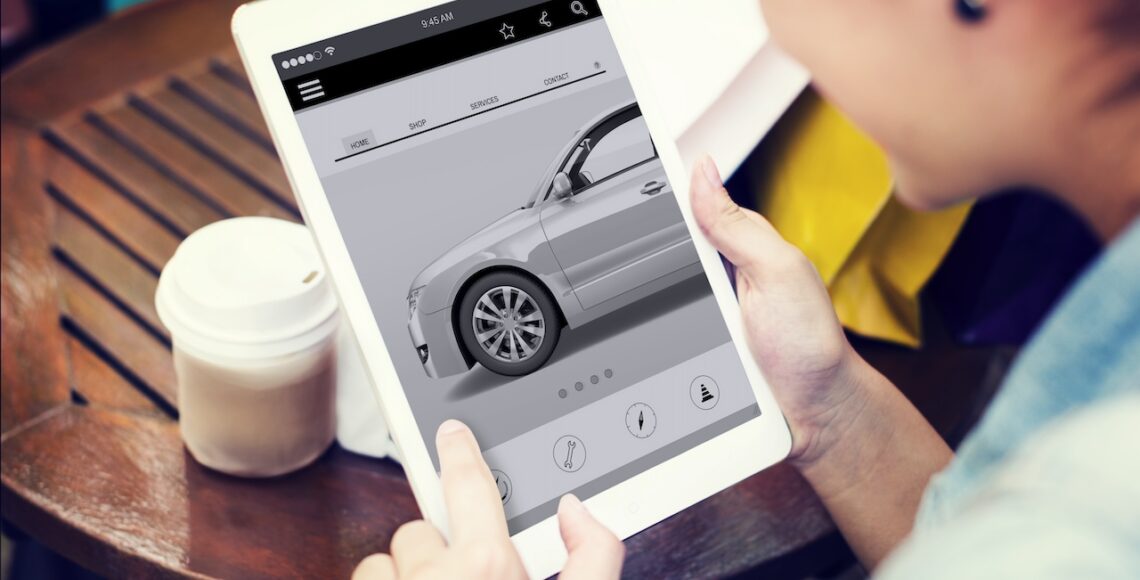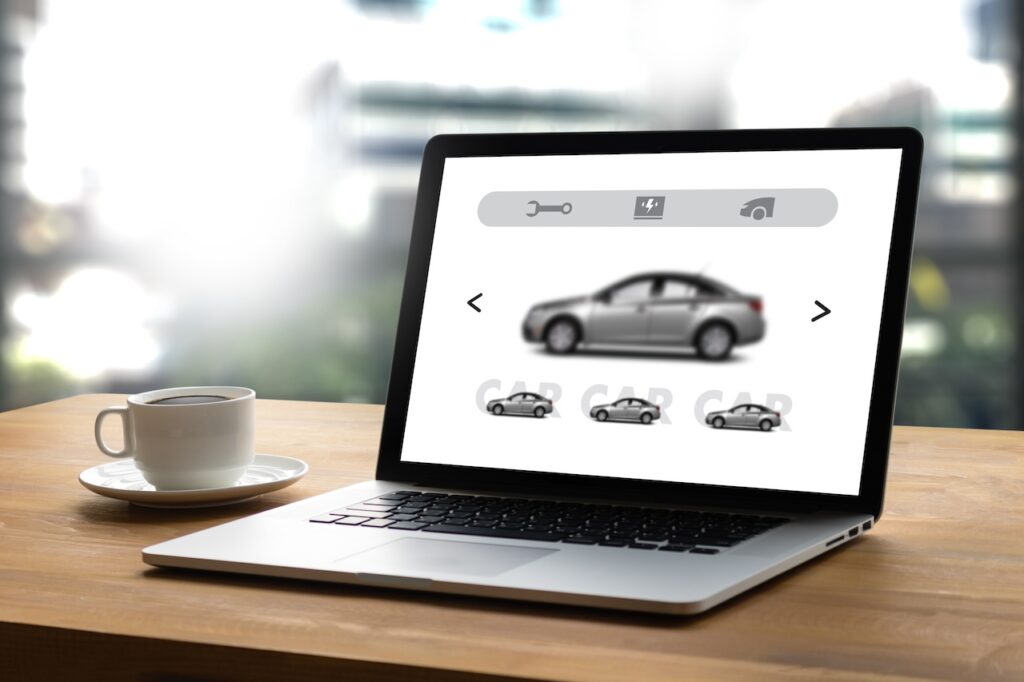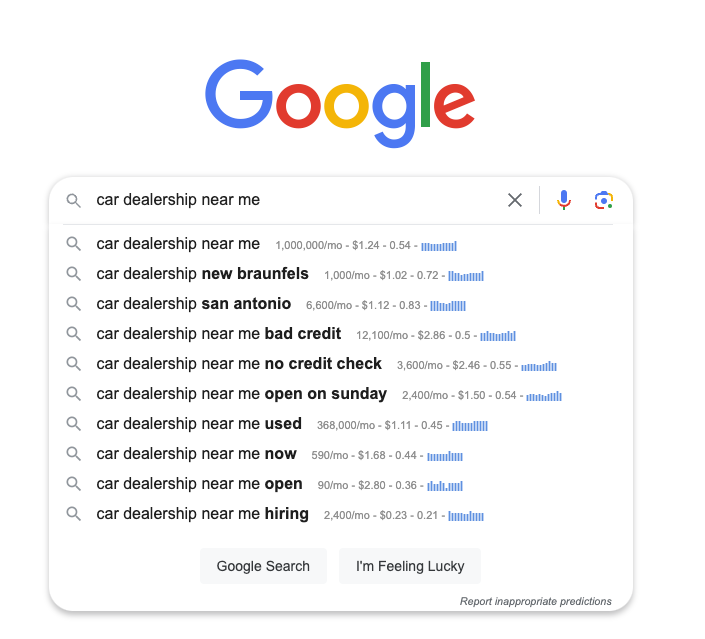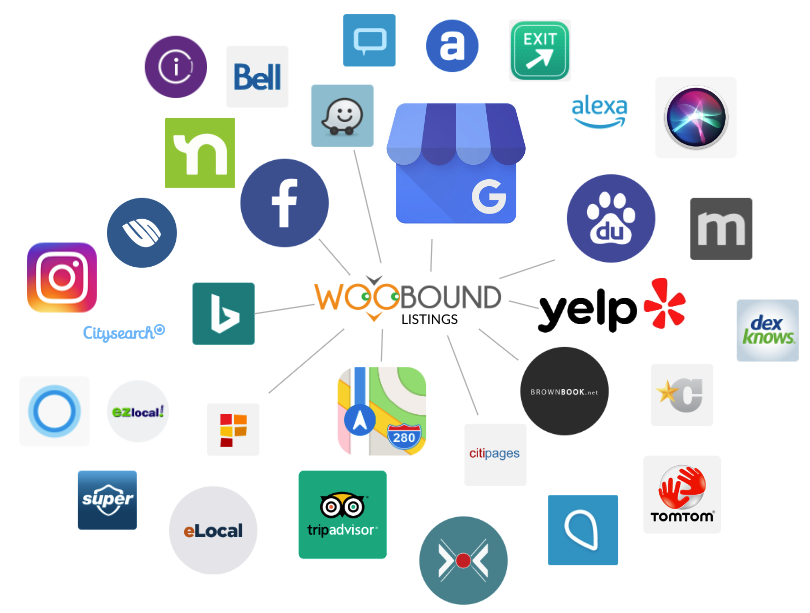Mobile SEO: Automotive SEO Explained
Search Engine Optimization (SEO) is a critical aspect of digital marketing, and its application in the automotive industry is no different. Automotive SEO refers to the strategies and techniques used to improve the visibility of automotive websites on search engine results pages (SERPs). Mobile SEO, on the other hand, is a subset of SEO that focuses on optimizing websites for mobile devices. This article delves into the intricate details of mobile SEO in the context of the automotive industry.
As the world becomes increasingly digital, the importance of mobile devices in our daily lives cannot be overstated. More people are using mobile devices to access the internet than ever before, and this trend is reflected in the automotive industry. Potential car buyers are now more likely to use their smartphones to research and compare different car models before making a purchase. Therefore, optimizing automotive websites for mobile devices is crucial for car dealerships and manufacturers to reach their target audience.
Understanding Mobile SEO
Mobile SEO involves optimizing a website to ensure that it functions optimally on mobile devices. This includes making sure that the website loads quickly, is easy to navigate on a small screen, and provides a seamless user experience. Mobile SEO is crucial because search engines like Google use mobile-first indexing, which means they predominantly use the mobile version of a website for indexing and ranking.

Mobile SEO is not just about making a website mobile-friendly. It also involves optimizing the website’s content to align with the search behavior of mobile users. For instance, mobile users are more likely to use voice search, so it’s important to optimize the website’s content for voice search keywords. Additionally, mobile users are often looking for local information, so local SEO strategies should also be incorporated into the mobile SEO plan.
Importance of Mobile SEO in the Automotive Industry
The automotive industry is highly competitive, and car dealerships and manufacturers need to leverage every available tool to reach their target audience. Mobile SEO is one such tool. With the majority of car buyers using their smartphones to research and compare different car models, it’s crucial for automotive websites to be optimized for mobile devices.
Moreover, mobile SEO can also help automotive businesses improve their local visibility. Many car buyers use their smartphones to look for local car dealerships, and a mobile-optimized website can help these businesses appear in local search results. This can lead to increased foot traffic and sales.
Key Elements of Mobile SEO
There are several key elements that need to be considered when optimizing a website for mobile devices. These include responsive design, page speed, user experience, and local SEO. Responsive design ensures that the website looks and functions well on all devices, regardless of screen size. Page speed is crucial because mobile users expect websites to load quickly. User experience involves making the website easy to navigate and interact with on a small screen. Finally, local SEO involves optimizing the website to appear in local search results.
Another important element of mobile SEO is content optimization. This involves optimizing the website’s content to align with the search behavior of mobile users. For instance, mobile users are more likely to use voice search, so it’s important to optimize the website’s content for voice search keywords. Additionally, mobile users are often looking for local information, so local SEO strategies should also be incorporated into the content optimization plan.
Automotive SEO Strategies
Automotive SEO involves a range of strategies designed to improve the visibility of automotive websites on search engine results pages. These strategies include keyword research and optimization, on-page SEO, off-page SEO, technical SEO, and local SEO. Each of these strategies plays a crucial role in improving the website’s search engine rankings and driving organic traffic to the website.

Keyword research and optimization involves identifying the keywords that potential car buyers are using to search for cars online and optimizing the website’s content for these keywords. On-page SEO involves optimizing the website’s content and meta tags to improve its visibility on search engines. Off-page SEO involves building high-quality backlinks to the website to improve its authority and credibility. Technical SEO involves optimizing the website’s technical aspects, such as its loading speed and mobile-friendliness, to improve its search engine rankings. Finally, local SEO involves optimizing the website to appear in local search results, which is crucial for car dealerships that rely on local customers.
Keyword Research and Optimization
Keyword research is a crucial aspect of automotive SEO. It involves identifying the keywords that potential car buyers are using to search for cars online. These keywords can then be used to optimize the website’s content, meta tags, and URLs, which can help improve the website’s visibility on search engine results pages.
Keyword optimization involves incorporating the identified keywords into the website’s content in a natural and meaningful way. It’s important to avoid keyword stuffing, as this can lead to penalties from search engines. Instead, the keywords should be used in a way that adds value to the content and enhances the user experience.
On-Page SEO
On-page SEO involves optimizing the website’s content and meta tags to improve its visibility on search engines. This includes using relevant keywords in the content, meta tags, and URLs, and ensuring that the content is well-structured and easy to read. On-page SEO also involves optimizing images and other media elements on the website to improve its loading speed and user experience.
Additionally, on-page SEO also involves ensuring that the website is mobile-friendly. This means that the website should look and function well on all devices, regardless of screen size. This is crucial because search engines like Google use mobile-first indexing, which means they predominantly use the mobile version of a website for indexing and ranking.
Mobile SEO Best Practices
There are several best practices that can be followed to optimize a website for mobile devices. These include using a responsive design, optimizing for page speed, improving the mobile user experience, and optimizing for local search. Each of these practices plays a crucial role in improving the website’s visibility on mobile search results and providing a seamless user experience on mobile devices.
Using a responsive design means that the website automatically adjusts to fit the screen size of the device it’s being viewed on. This ensures that the website looks and functions well on all devices, regardless of screen size. Optimizing for page speed involves improving the website’s loading speed to ensure that it loads quickly on mobile devices. This can be achieved by optimizing images and other media elements on the website, minimizing the use of JavaScript and CSS, and using a content delivery network (CDN).
Improving Mobile User Experience
Improving the mobile user experience involves making the website easy to navigate and interact with on a small screen. This includes using large, easy-to-click buttons, minimizing the use of pop-ups, and ensuring that the content is easy to read on a small screen. It’s also important to ensure that the website loads quickly, as mobile users expect websites to load in less than three seconds.
Additionally, improving the mobile user experience also involves providing a seamless user experience across all devices. This means that the website should provide the same functionality and content on all devices, regardless of screen size. This can be achieved by using a responsive design and ensuring that all elements of the website, including forms and shopping carts, function well on mobile devices.
Optimizing for Local Search
Optimizing for local search is crucial for car dealerships that rely on local customers. This involves optimizing the website to appear in local search results, which can be achieved by using local keywords, optimizing for Google My Business, and getting positive reviews from customers.
Using local keywords involves incorporating location-specific keywords into the website’s content and meta tags. Optimizing for Google My Business involves creating and optimizing a Google My Business listing for the dealership, which can help improve its visibility on local search results. Getting positive reviews from customers can also help improve the dealership’s visibility on local search results, as search engines consider reviews when ranking businesses in local search results.
Challenges of Mobile SEO
While mobile SEO offers numerous benefits, it also presents several challenges. These include the need for a responsive design, the need for fast loading times, the need for a seamless mobile user experience, and the need to stay updated with the latest mobile SEO trends and updates. Each of these challenges requires a strategic approach and a deep understanding of mobile SEO best practices.
Implementing a responsive design can be challenging, as it requires a thorough understanding of web design and development. The website needs to be designed in a way that it automatically adjusts to fit the screen size of the device it’s being viewed on. This requires a deep understanding of CSS and HTML, as well as a thorough testing process to ensure that the website functions well on all devices.
Fast Loading Times
Ensuring fast loading times can also be challenging, as it requires optimizing all elements of the website, including images and other media elements, JavaScript and CSS, and server response times. This requires a deep understanding of web development and performance optimization techniques, as well as a thorough testing process to ensure that the website loads quickly on all devices.
Additionally, fast loading times are not just about improving the user experience. They also play a crucial role in search engine rankings, as search engines consider page speed when ranking websites. Therefore, ensuring fast loading times is crucial for improving the website’s visibility on search engine results pages.
Seamless Mobile User Experience
Providing a seamless mobile user experience can be challenging, as it requires a deep understanding of mobile user behavior and expectations. The website needs to be easy to navigate and interact with on a small screen, and it needs to provide the same functionality and content on all devices. This requires a strategic approach to web design and development, as well as a thorough testing process to ensure that the website provides a seamless user experience on all devices.
Moreover, providing a seamless mobile user experience is not just about improving the user experience. It also plays a crucial role in search engine rankings, as search engines consider the mobile user experience when ranking websites. Therefore, providing a seamless mobile user experience is crucial for improving the website’s visibility on search engine results pages.
Conclusion
In conclusion, mobile SEO is a crucial aspect of automotive SEO. With the majority of car buyers using their smartphones to research and compare different car models, it’s crucial for automotive websites to be optimized for mobile devices. This involves using a responsive design, optimizing for page speed, improving the mobile user experience, and optimizing for local search.
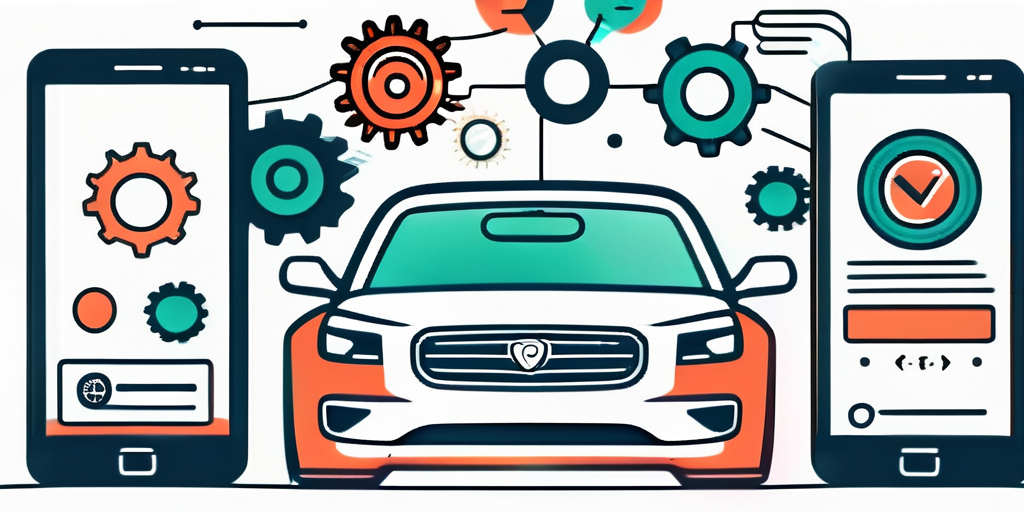
While mobile SEO presents several challenges, these can be overcome with a strategic approach and a deep understanding of mobile SEO best practices. By staying updated with the latest mobile SEO trends and updates, car dealerships and manufacturers can improve their visibility on mobile search results, reach their target audience, and drive more sales.



